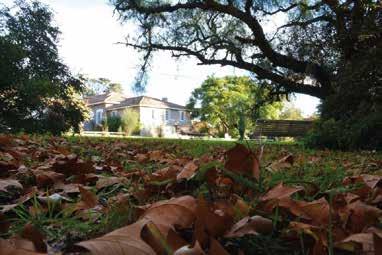









































































































 by Tony Beckwith tony@tonybeckwith.com
by Tony Beckwith tony@tonybeckwith.com












































































































 by Tony Beckwith tony@tonybeckwith.com
by Tony Beckwith tony@tonybeckwith.com

Ademonym is a name given to the people from a particular country or region. ‘Briton’ (or the more informal ‘Brit’), for example, is a demonym for someone from the United Kingdom. Denizens of Buenos Aires—a port city—are called Porteños . Residents of Glasgow are known as Glaswegians. And so on. Every language has its own way of forming demonyms. Spanish uses the charming word gentilicio.
Rioplatense is the name given to people or things from the Río de la Plata region. The distinctive variety of Spanish spoken in Uruguay and Argentina, for example, is called Rioplatense Spanish. It’s a demonym I have often found useful when explaining where I am from. I was born in Buenos Aires, but my parents moved to Uruguay when I was very young. I spent my entire childhood and adolescence in Montevideo and still think of it as my hometown. Buenos Aires was always part of my early life, but in a remote sort of way—it was across the river, a very different place that we visited from time to time to see grandparents. When I’m asked where I’m from I usually hesitate. Saying Argentina is technically correct but, in my opinion, doesn’t tell the whole story. Saying Uruguay is also correct, in a different sense, but it omits a crucial detail. I usually explain, as briefly as possible, that I am from both countries and am, in fact, a Rioplatense.
The Río de la Plata is the estuary that separates Uruguay and Argentina on the Atlantic coast of South America. It is a massive body of water, over a hundred miles wide at the mouth, fed by a sprawling network of inland rivers that rise further north. The populations of Montevideo and Buenos Aires are clustered along the northern and southern banks, respectively. My childhood home was four blocks from Pocitos beach, just east of the city, where I spent my adolescent summers frolicking in the sea. Montevideo sits at the point where the coast curves north and the river blends with the Atlantic Ocean, and the condition of the water varies quite a bit from one day to the next, depending on
the tides. The rivers that feed the estuary carry the muddy runoff from Bolivia and Paraguay and Brazil, deep in the heart of the continent. When the Atlantic tide is in retreat, those rivers are sucked down towards the ocean and the water on Montevideo’s beaches are about the colour of a chocolate milkshake, like the mighty Mississippi. But when the tide turns, the muddy runoff is swept back upriver, and the coastal waters are like the Caribbean—clear and crisp and deliciously salty.
So why is such a muddy delta known as the ‘Silver River’?
The first Spanish expeditions in the early 1500s called it Mar Dulce, or Freshwater Sea. It was also briefly known as Río Solís. Sebastián Caboto, the Venetian explorer, ventured up the tributary rivers in the 1520s, exploring the interior of the continent. He came in contact with indigenous peoples and traded with the Guaraní, bartering European trinkets for their silver ornaments. He also heard stories of the Sierra de la Plata, the Silver Hills, a mythical site of untold riches. All these tantalizing experiences and dreams of finding a silver equivalent of the legendary El Dorado inspired him to rename the murky waterway the Río de la Plata.
Then the British arrived and called it the River Plate, basing their translation on an English word for silver that was common in earlier times but is seldom used today. The famous World War II naval battle in 1939 between the German pocket battleship Admiral Graf Spee and a Royal Navy squadron of three light cruisers—and the film it spawned, The Battle of the River Plate —no doubt helped to establish the term as the standard English name for the estuary, and no one ever calls it the Silver River. But a standard name is not a demonym. When referring to someone or something related to the estuary and its environs, the correct term is Rioplatense, a musical word that flows as rhythmically as the river for which it was coined.




























